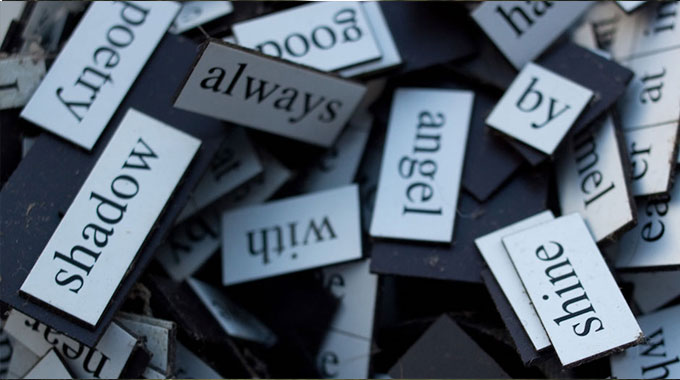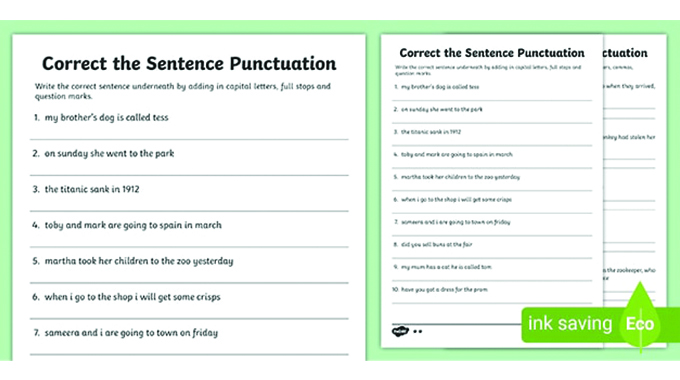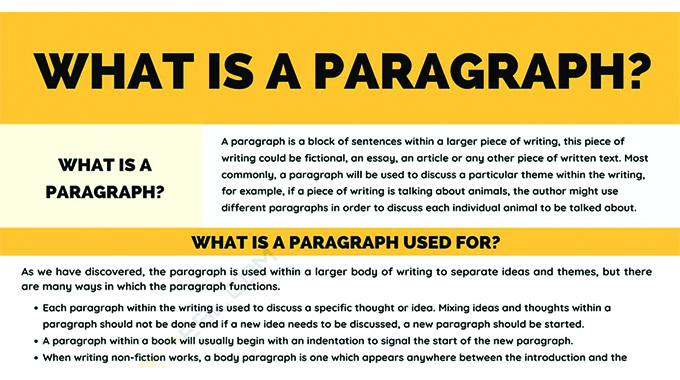
The Sunday News

Charles Dube, Highway to success
A sentence is a group of words that make a complete sense.
Today we want to remind ourselves about simple, compound and complex sentences and how to use them.
There are three main types of sentence structure: simple, compound and complex.
Some of the work presented here is best done in pairs.

For example, with a partner, decide which of the following not sentences are.
Explain why not.
(a) The boy having seen the teacher, walked slowly towards him.
(b) Where the reddest strawberries grow.
(c) I walked to the local shop and found everything I wanted.
(d) The shop assistant, having noticed the customer outside.
(e) Although she was late
It is always best to use simple sentences if we are to be understood by our intended readers.
When we first learn to read and write we almost always use simple sentences.
As we develop our skills, we start to use compound and complex sentences.
This makes the writing more interesting.
These bits are main clauses.

Compound sentence
A compound sentence has two or more main clauses joined by and, or, but or so.
These joining words are called conjunctions.
The example: The bus was late so they walked home.
The bus was late is the main clause.
So is the conjunction and we walked home is the main clause.
A complex sentence has a main clause and one or more subordinate.
A subordinate clause does not make complete sense on its own.
For example: Having realised the bus was late, they walked home.
Identify each of the sentences below as simple, compound or complex.
Refer to the definitions above if you are not sure. The man who was only about 20 walked in with an air of confidence.
He walked towards the reception but then he seemed to change his mind. He stopped abruptly. Glancing at his watch, he walked away in the opposite direction.
Use conjunctions to form compound sentences by combining two or more of the simple sentences. You remember some simple conjunctions as these: and, or, but, and so to mention but a few.
A simple sentence is the first kind of sentence you learn to write. It consists of one main clause, which makes complete sense on its own. For example: The bus was late.
They walked home.

Punctuating sentences: When we speak, we use our tone of voice and pauses to help our listener follow what we are saying.
When we write we use punctuation to help our reader follow what we have written.
We put spaces between words, capital letters at the start of a sentence and full stops at the end.
We use commas in sentences to mark pauses, and pairs of commas to separate out extra pieces of information.
In the past couple of weeks, we have discussed paragraphs and we will not leave them for a while as long as we still discuss sentences.

Most writing is organised into paragraphs.
This helps the reader to follow more easily the points being made.
Each paragraph marks a new stage or idea in the writing.
The first sentence of a paragraph as mentioned before is sometimes called the topic sentence.
This is because it often gives you a clue as to what the paragraph is going to be about.
Previously I talked about planning in composition writing.
At the time I mentioned that learners do not take planning seriously.
This could be a result of the fact that they score reasonable marks with or without planning their essays.
Experts will tell you that the ability to plan is an important skill.
You may need to plan a journey or a holiday or how to progress in your career.
The ability to plan is also an important factor in successful writing.
You need to plan to ensure your writing does exactly what is intended to do.
Your plan is for your use, so you need to develop the form of planning that suits you best.
The first step in planning writing is to identify the intended purpose, audience and form of your writing.
The purpose is the reason, or reasons you have for writing the text.
The audience is the intended reader or readers for whom you are writing. The form is the kind of text you are being asked to write.
The next step is to gather ideas connected to the task.
This is the thinking stage where you get as many helpful ideas together as you can.
You do not need to use them all in your writing, but you can draw on them and you will not get stuck for ideas halfway through.
The next stage is to decide which ideas you are going to use and the order in which you are going to write them.
For views link with [email protected] or sms to 0772113207



